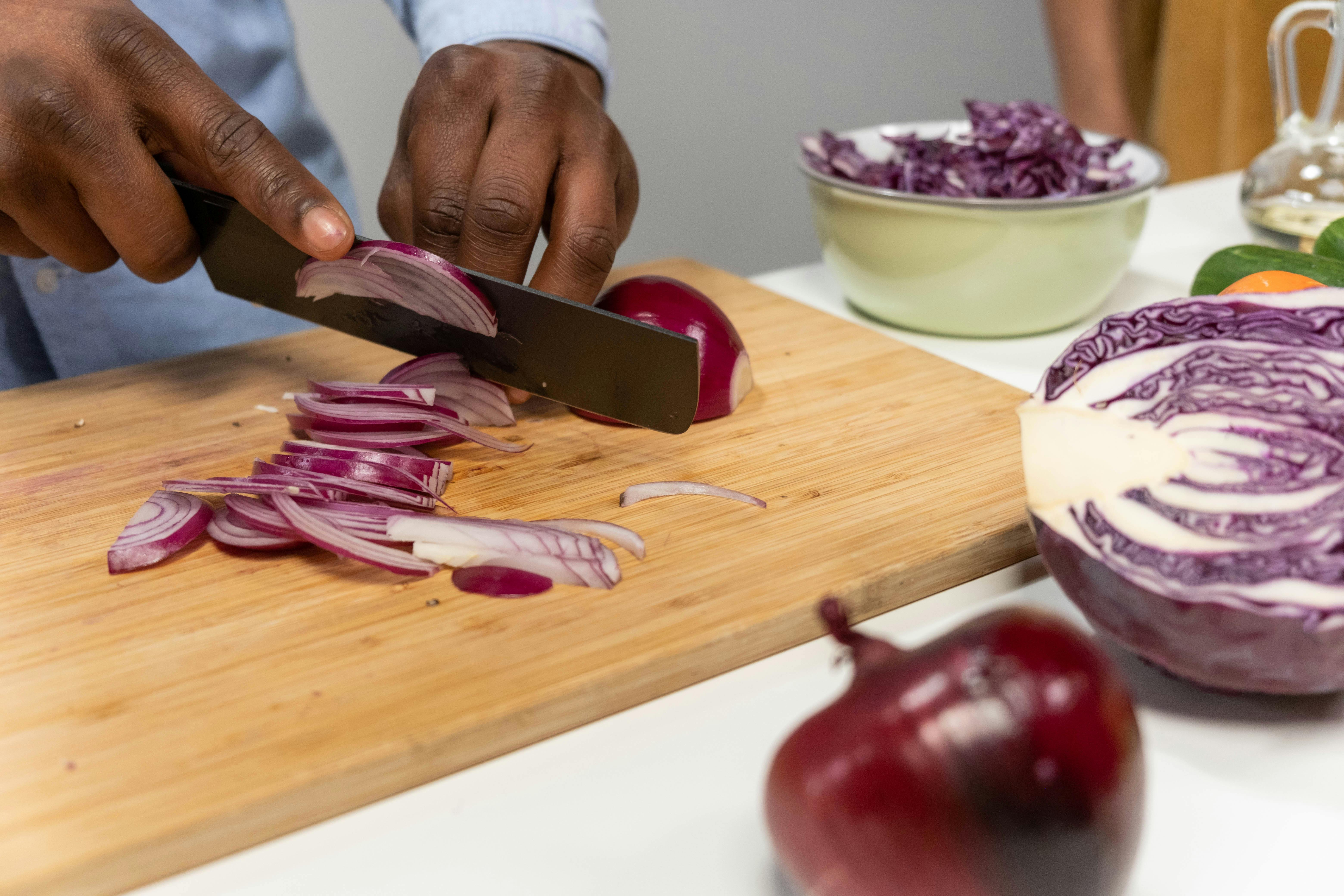In the UK we like our bread but sadly we are terribly accepting of mediocre and bland options. The French have a completely different attitude towards bread, and France is worth visiting for the experience of freshly baked bread alone. While the variety of bread on offer here has grown significantly in recent times, it is still a far cry from what you might find even in your average small town in rural France.
Visit a supermarket in the UK and your choices often vary widely between slices of wholemeal bread and slices of white bread. You can find crustless white bread slices and crustless whole wheat bread, then of course there are thick slices, thin slices and medium slices, not to mention tall loaves and square loaves. But ultimately it all comes down to blandness and frankly even the ducks are getting tired of that.
So here’s a guide to French bread, not only to let you know what to look for and what to look out for when shopping for bread in France, but also to give you an idea of what to look for if you’re lucky enough. stumble across a bakery in the UK.
What is the first thing that comes to mind when you think of French toast? If you’re like most people, then of course it’s the traditional baguette. The word baguette literally translated means ‘stick’ and of course, as everyone knows, a baguette is a loaf of bread, usually weighing around half a pound (or 250 grams if you’re into modern things!) baked is one of the most tempting out there, and the sound of the crust crackling when you open it is enough to make anyone feel hungry right away. But when looking for a baguette, keep in mind that there are four main types.
The first type of baguette is the traditional half-pound stick that we are all familiar with, but what you can also find are molded baguettes. These are made in industrial bread ovens and can be easily spotted as they tend to have flatter bottoms that bear the impression of the lattice pattern of the base of the oven. These breadsticks are known locally as “molded baguette”, literally “molded baguette”.
A third type of baguette you may come across is paler in color than regular baguettes, because they are coated with a fine flour before baking. These are known as ‘flour baguette’ or ‘flour baguette’. The last type of baguette you’ll find are the really huge “flutes,” which are twice the length of a regular baguette. You’ll find that all baguettes are plenty, although molded ones generally have a slightly thinner crust.
But as well as baguettes, there is a huge range of other types of bread, and some are worth trying as the variety is quite different to your average UK supermarket. For example, you can find a ficelle, which is a long and very thin bread. Don’t wait too long to eat them, though, as the thin crust means the inside of the loaf tends to dry out more quickly than other breads. It is better to buy it and eat it almost immediately.
If you want a bread that is likely to keep a bit longer, look for ‘country bread’. No, this does not contain champagne or alcohol of any kind! It is country bread, and it usually incorporates French ingredients such as wheat flour or rye flour, which tends to keep the bread fresh for longer. A bastard is a normal half-length loaf, which is useful if you don’t need that much loaf.
Just a word of warning though, if you buy bread in France remember that many of the bakeries will be closed for a couple of hours at noon. If you haven’t bought bread for your lunch by around 12:30, you’ll probably have to wait!
